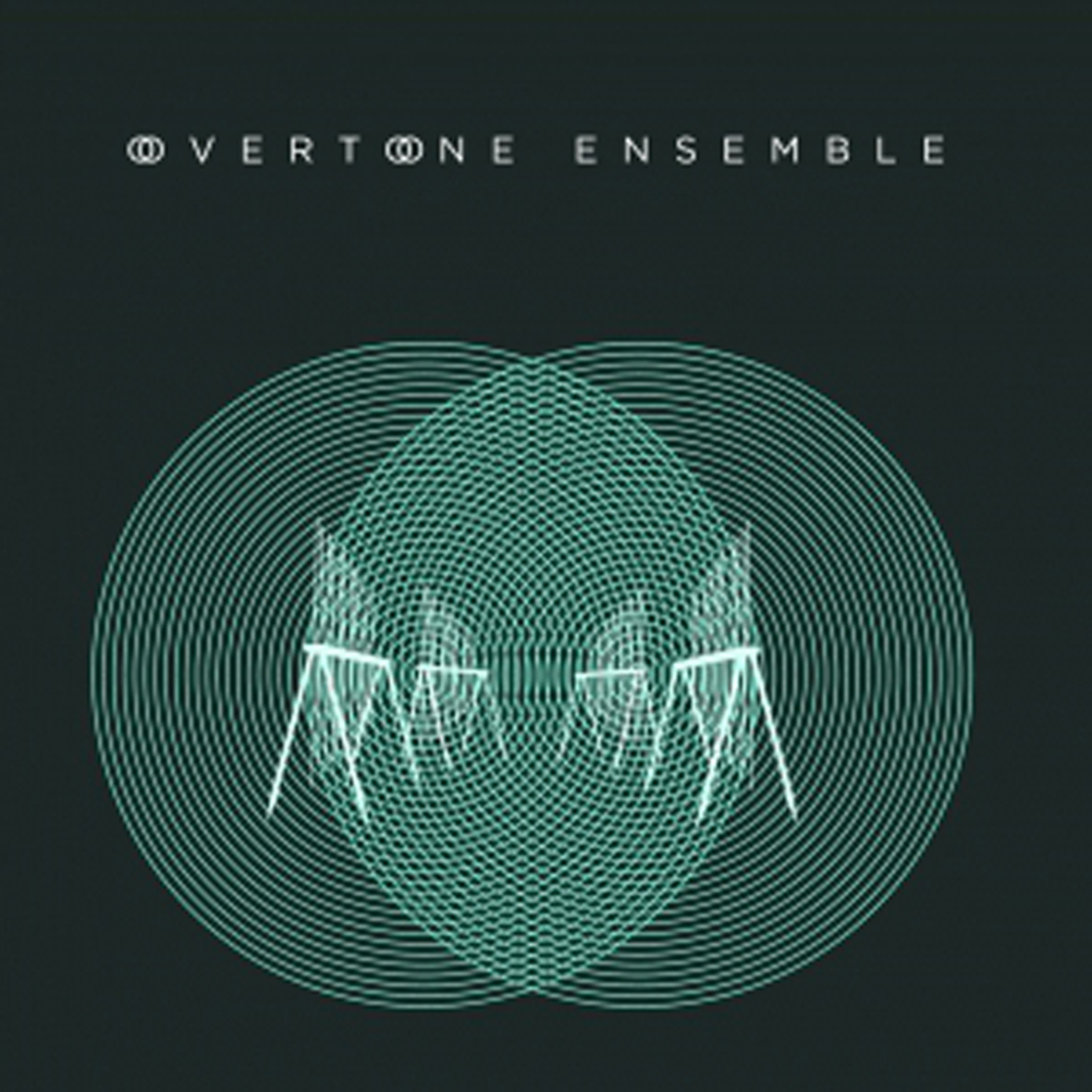 Despite being one of the more inventive and intriguing artists in the contemporary experimental music milieu, Australia's Tim Catlin is not a particularly well-known name here in the US, though he has collaborated with both Jon Mueller and Machinefabriek in the past.  It is hard to say whether or not his first full-length for Important will raise his profile though, as it easily stands as one of the most uncompromisingly hyper-minimal and outré releases from the label in recent memory.  For one, it is devoted primarily to works composed for the Vibrissae, a set of "microtonally tuned metal rod instruments" built by Catlin.  Secondly, it provides exactly what the name "Overtone Ensemble" suggests: plenty of eerily harmonizing sustained tones and little more.  As such, it is probably a hard sell for anyone not deep into the more rarified fringes of sound art, but it is a quite unique and wonderful release for those of us with ears attuned to that wavelength, at times exploring terrain not dissimilar to that of Catlin’s label mate Ellen Fullman.  Other times, it probably sounds like absolutely nothing else on earth.
Despite being one of the more inventive and intriguing artists in the contemporary experimental music milieu, Australia's Tim Catlin is not a particularly well-known name here in the US, though he has collaborated with both Jon Mueller and Machinefabriek in the past.  It is hard to say whether or not his first full-length for Important will raise his profile though, as it easily stands as one of the most uncompromisingly hyper-minimal and outré releases from the label in recent memory.  For one, it is devoted primarily to works composed for the Vibrissae, a set of "microtonally tuned metal rod instruments" built by Catlin.  Secondly, it provides exactly what the name "Overtone Ensemble" suggests: plenty of eerily harmonizing sustained tones and little more.  As such, it is probably a hard sell for anyone not deep into the more rarified fringes of sound art, but it is a quite unique and wonderful release for those of us with ears attuned to that wavelength, at times exploring terrain not dissimilar to that of Catlin’s label mate Ellen Fullman.  Other times, it probably sounds like absolutely nothing else on earth.
Give us an hour, we'll give you music to remember. This week we bring you an episode with brand new music from Softcult, Jim Rafferty, karen vogt, Ex-Easter Island Head, Jon Collin, James Devane, Garth Erasmus, Gary Wilson, and K. Freund, plus some music from the archives from Goldblum, Rachel Goswell, Roy Montgomery. Rubber ducks and a live duck photo from Matthew in the UK. Get involved: subscribe, review, rate, share with your friends, send images! |



 For a band notorious for doing the absurdly perverse, such as releasing two albums both titled The Ape of God simultaneously, but with entirely different track lists, Mickey Rookey Live at London is a surprisingly straight-forward live album. Across 18 songs, spanning since the super-group’s inception in 2000, it works great as a stand-alone release, but also as a distillation of the band’s decade and a half career, captured one night in 2014.
For a band notorious for doing the absurdly perverse, such as releasing two albums both titled The Ape of God simultaneously, but with entirely different track lists, Mickey Rookey Live at London is a surprisingly straight-forward live album. Across 18 songs, spanning since the super-group’s inception in 2000, it works great as a stand-alone release, but also as a distillation of the band’s decade and a half career, captured one night in 2014.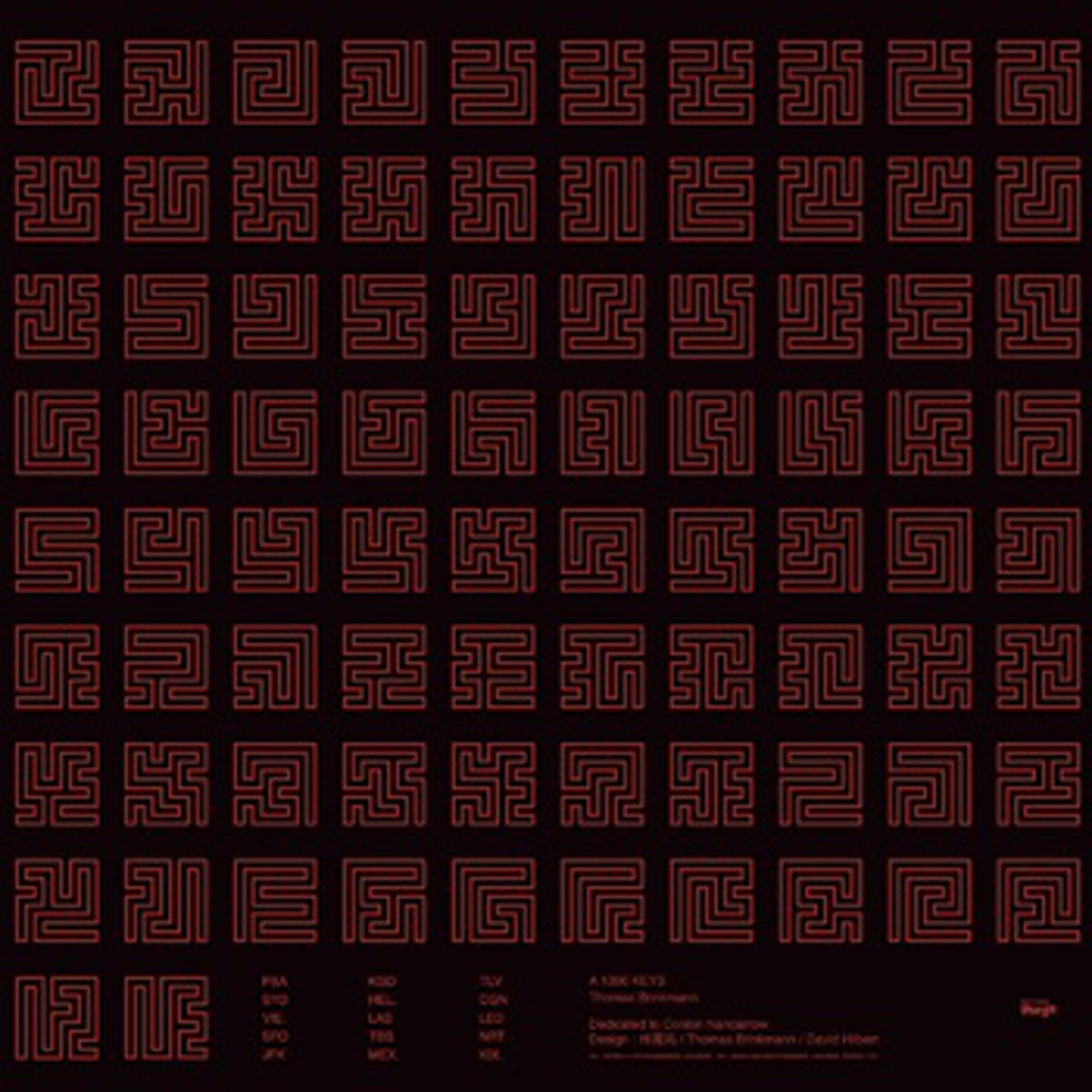

 Considering Rasengan! is a documentation of the first performance this pan-European free jazz quartet ever had together, the balance of unity and chaos here is exceptionally well done. The two pieces that make up this 36 minute performance drift between what sounds like perfect synergy between the players to some all out messes of sound, both of which I have always felt is essential for this style of music. Which, of course, means this is a very impressive record.
Considering Rasengan! is a documentation of the first performance this pan-European free jazz quartet ever had together, the balance of unity and chaos here is exceptionally well done. The two pieces that make up this 36 minute performance drift between what sounds like perfect synergy between the players to some all out messes of sound, both of which I have always felt is essential for this style of music. Which, of course, means this is a very impressive record.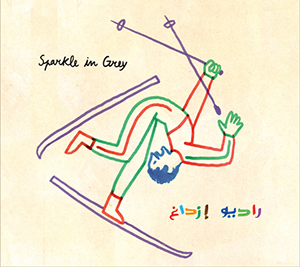 Following their recent split release with legends Controlled Bleeding, this newest work from Sparkle in Grey retains the band’s improvisational flexibility, but lightens the mood somewhat. Brahim Izdag takes a lot of directions, from complex post-rock excursions to traditional folk sounds and much in between, but somehow the band still manages to make it sound like a cohesive and unified, if somewhat sprawling record.
Following their recent split release with legends Controlled Bleeding, this newest work from Sparkle in Grey retains the band’s improvisational flexibility, but lightens the mood somewhat. Brahim Izdag takes a lot of directions, from complex post-rock excursions to traditional folk sounds and much in between, but somehow the band still manages to make it sound like a cohesive and unified, if somewhat sprawling record. For better or worse, Marielle Jakobsons’ first solo album for Thrill Jockey continues her evolution away from her darker and heavier early work into more mellow, gently psychedelic territory more in line with her Date Palms project.  On the one hand, that makes sense, as Date Palms is probably the most popular of Jakobsons' many endeavors and quasi-New Age revivalism is still more or less in vogue.  On the other hand, I tend to loathe just about anything that resembles toothless pastoral burbling, regardless of who is making it.  Consequently, this direction is not for me much of the time.  While there are admittedly a few faint traces of the Jakobsons’ more distinctive and compelling past scattered throughout Star Core, this album is mostly significant for continuing the ambitious expansion of her palette and for being the first time that Marielle sings on record (as far as I know, anyway).  Also, the album's closing two pieces are sublimely mesmerizing.
For better or worse, Marielle Jakobsons’ first solo album for Thrill Jockey continues her evolution away from her darker and heavier early work into more mellow, gently psychedelic territory more in line with her Date Palms project.  On the one hand, that makes sense, as Date Palms is probably the most popular of Jakobsons' many endeavors and quasi-New Age revivalism is still more or less in vogue.  On the other hand, I tend to loathe just about anything that resembles toothless pastoral burbling, regardless of who is making it.  Consequently, this direction is not for me much of the time.  While there are admittedly a few faint traces of the Jakobsons’ more distinctive and compelling past scattered throughout Star Core, this album is mostly significant for continuing the ambitious expansion of her palette and for being the first time that Marielle sings on record (as far as I know, anyway).  Also, the album's closing two pieces are sublimely mesmerizing.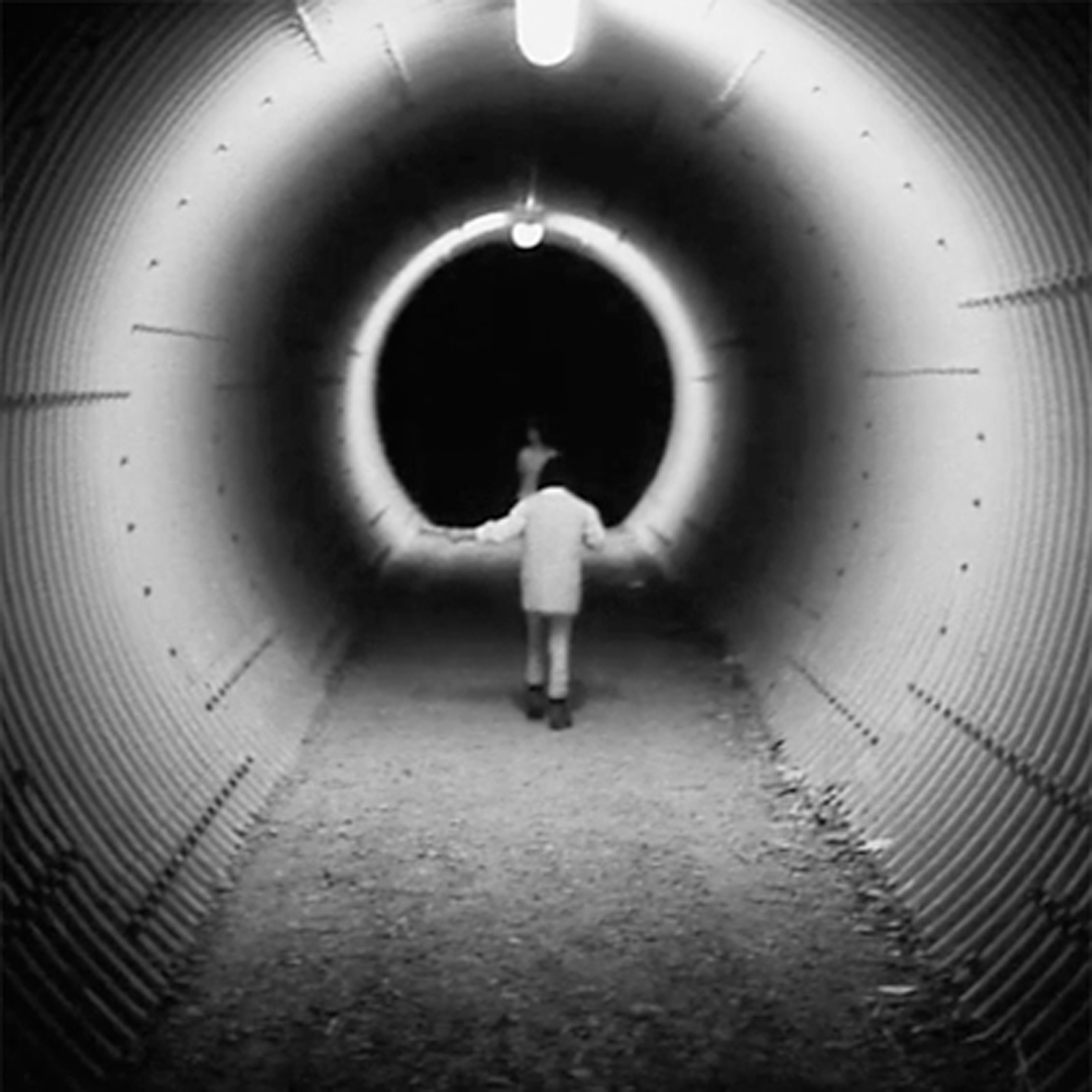 This duo’s latest collaboration is a score composed to accompany Philippe Garrel’s haunting 1968 silent film Le Révélateur, which Lattimore and Zeigler have been intermittently been performing across the US since its debut at Ballroom Marfa’s 2013 silent film festival.  Naturally, Lattimore's harp is the most prominent element, imbuing these pieces with an eerily dream-like and rippling "music box" feel.  However, Zeigler’s presence is much more conspicuous here than it was on their previous Slant of Light (2014), balancing the delicate harp motifs with a bevy of synths, processed guitars, and lovely accordion-like melodies.  In general, I am not enthusiastic about soundtracks disembodied from their visual component, but this is an atypically good one, finding the perfect understated balance between whimsy, melancholy, menace, and surreality.
This duo’s latest collaboration is a score composed to accompany Philippe Garrel’s haunting 1968 silent film Le Révélateur, which Lattimore and Zeigler have been intermittently been performing across the US since its debut at Ballroom Marfa’s 2013 silent film festival.  Naturally, Lattimore's harp is the most prominent element, imbuing these pieces with an eerily dream-like and rippling "music box" feel.  However, Zeigler’s presence is much more conspicuous here than it was on their previous Slant of Light (2014), balancing the delicate harp motifs with a bevy of synths, processed guitars, and lovely accordion-like melodies.  In general, I am not enthusiastic about soundtracks disembodied from their visual component, but this is an atypically good one, finding the perfect understated balance between whimsy, melancholy, menace, and surreality.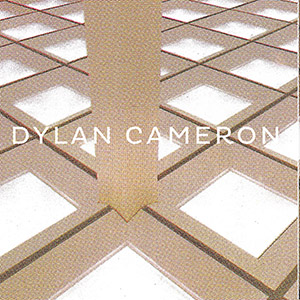 Infinite Floor may be his first solo record proper, but Austin's Dylan Cameron has honed his craft as a producer and engineer in that scene for a number of years now. That technical expertise shines through on the eight songs that comprise this record, a suite of songs that ooze with rhythm, yet also a depth and complexity that rivals the most nuanced of electronic artists. Strong rhythms, infectious melodies, and amazing production all come together as an excellent record.
Infinite Floor may be his first solo record proper, but Austin's Dylan Cameron has honed his craft as a producer and engineer in that scene for a number of years now. That technical expertise shines through on the eight songs that comprise this record, a suite of songs that ooze with rhythm, yet also a depth and complexity that rivals the most nuanced of electronic artists. Strong rhythms, infectious melodies, and amazing production all come together as an excellent record.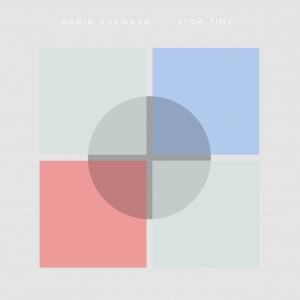 The cover for Stop Time is meant to convey the nature of the tool used to compose it, an invention of Robin Hayward’s called the
The cover for Stop Time is meant to convey the nature of the tool used to compose it, an invention of Robin Hayward’s called the 
